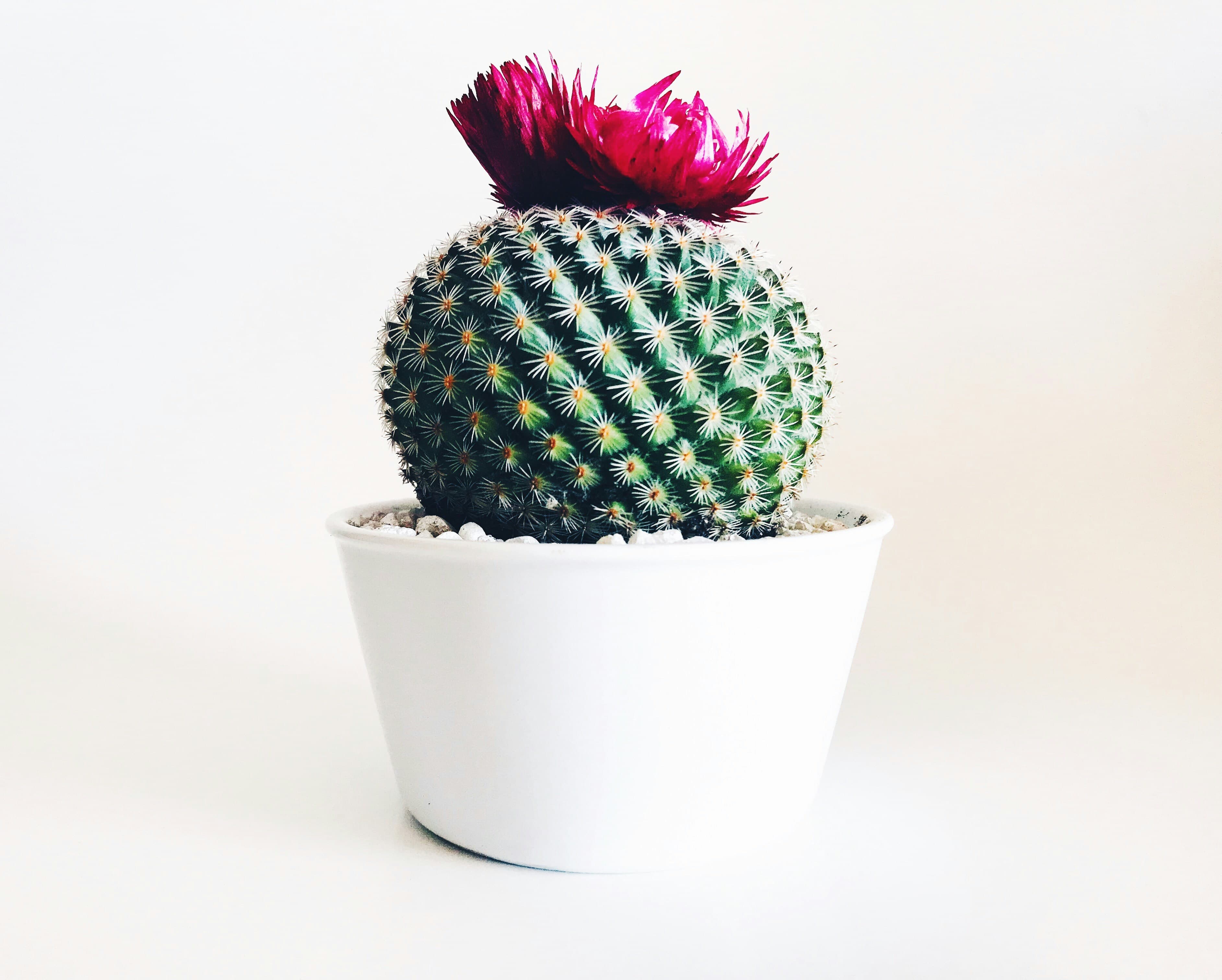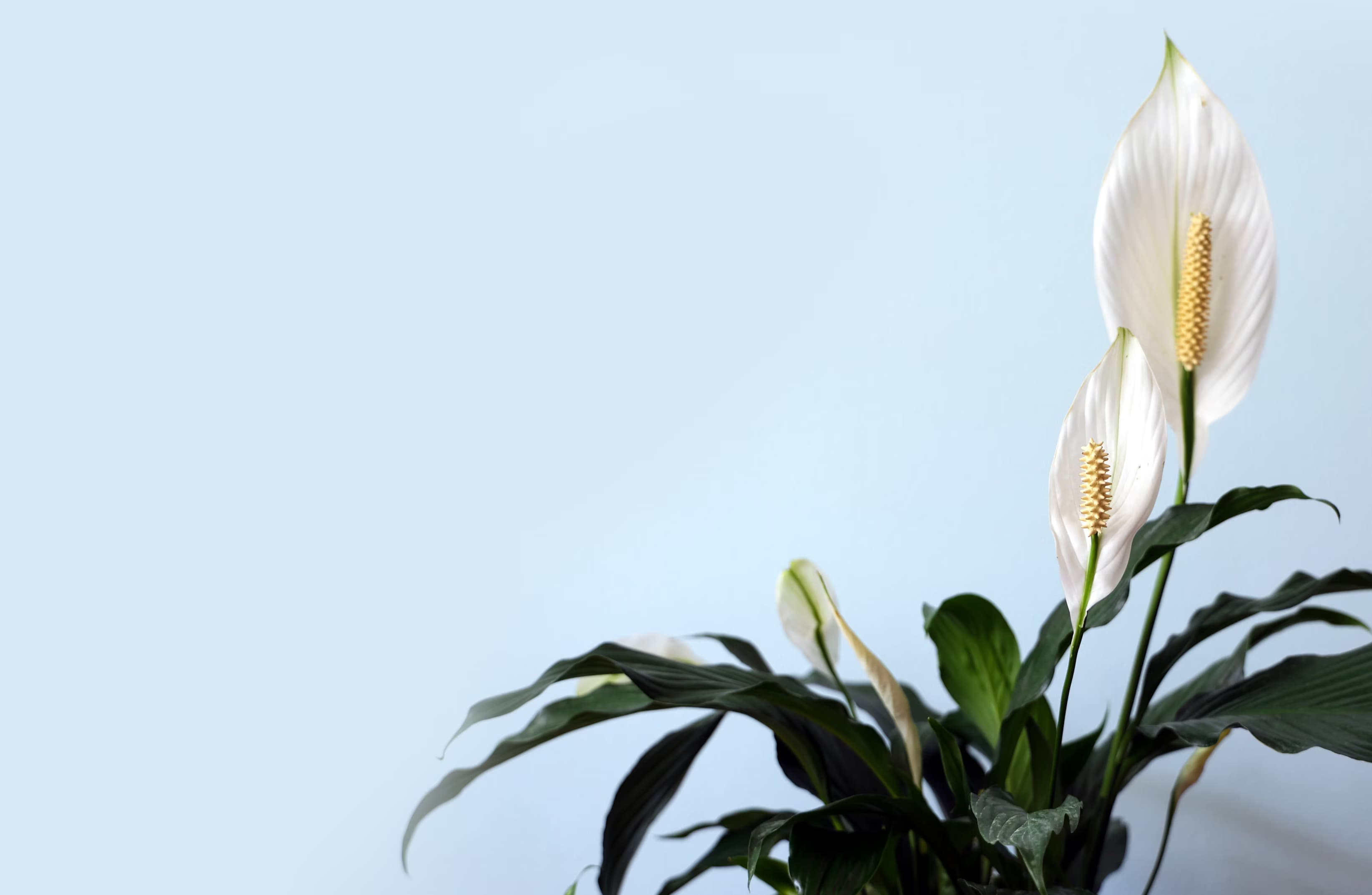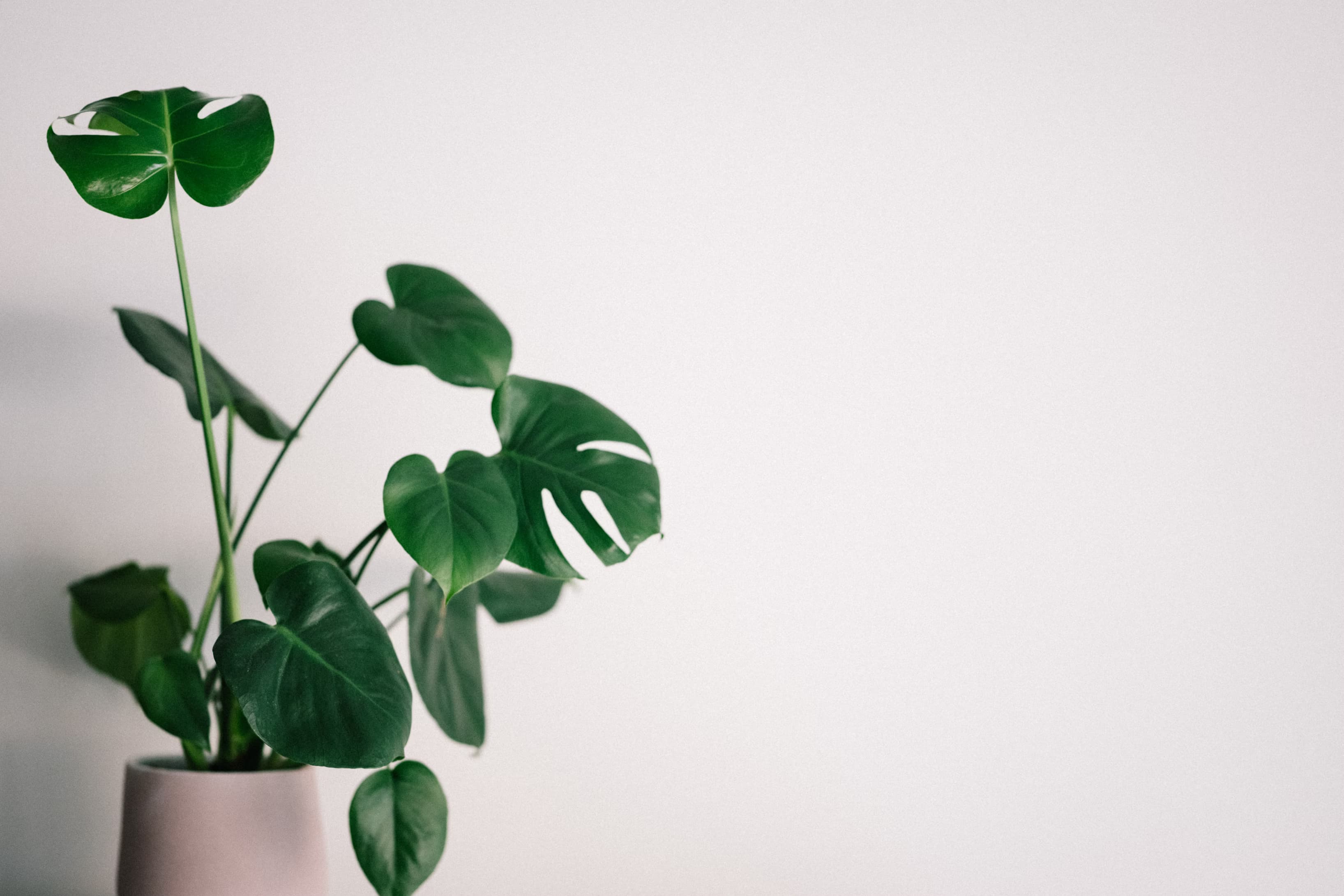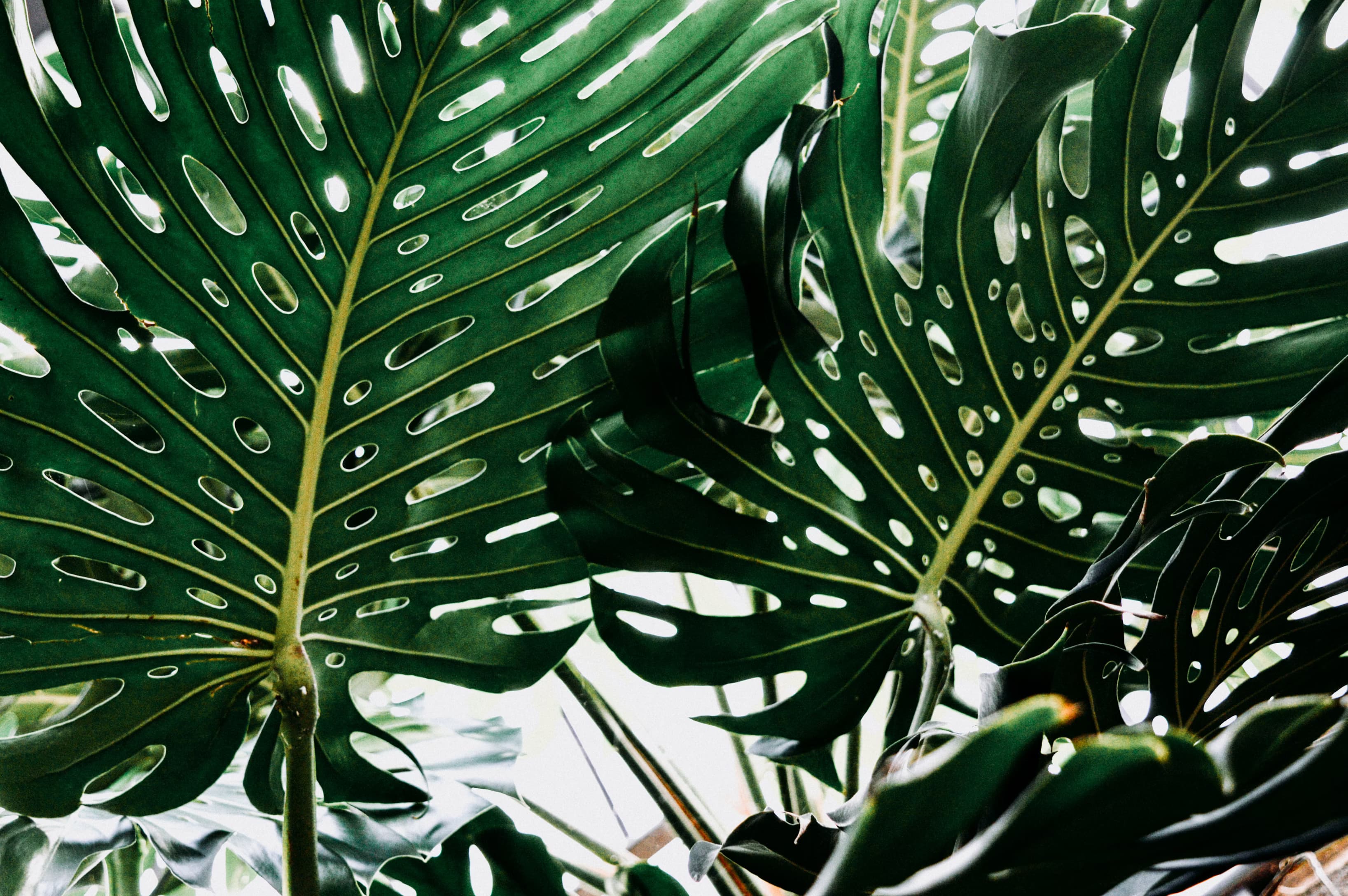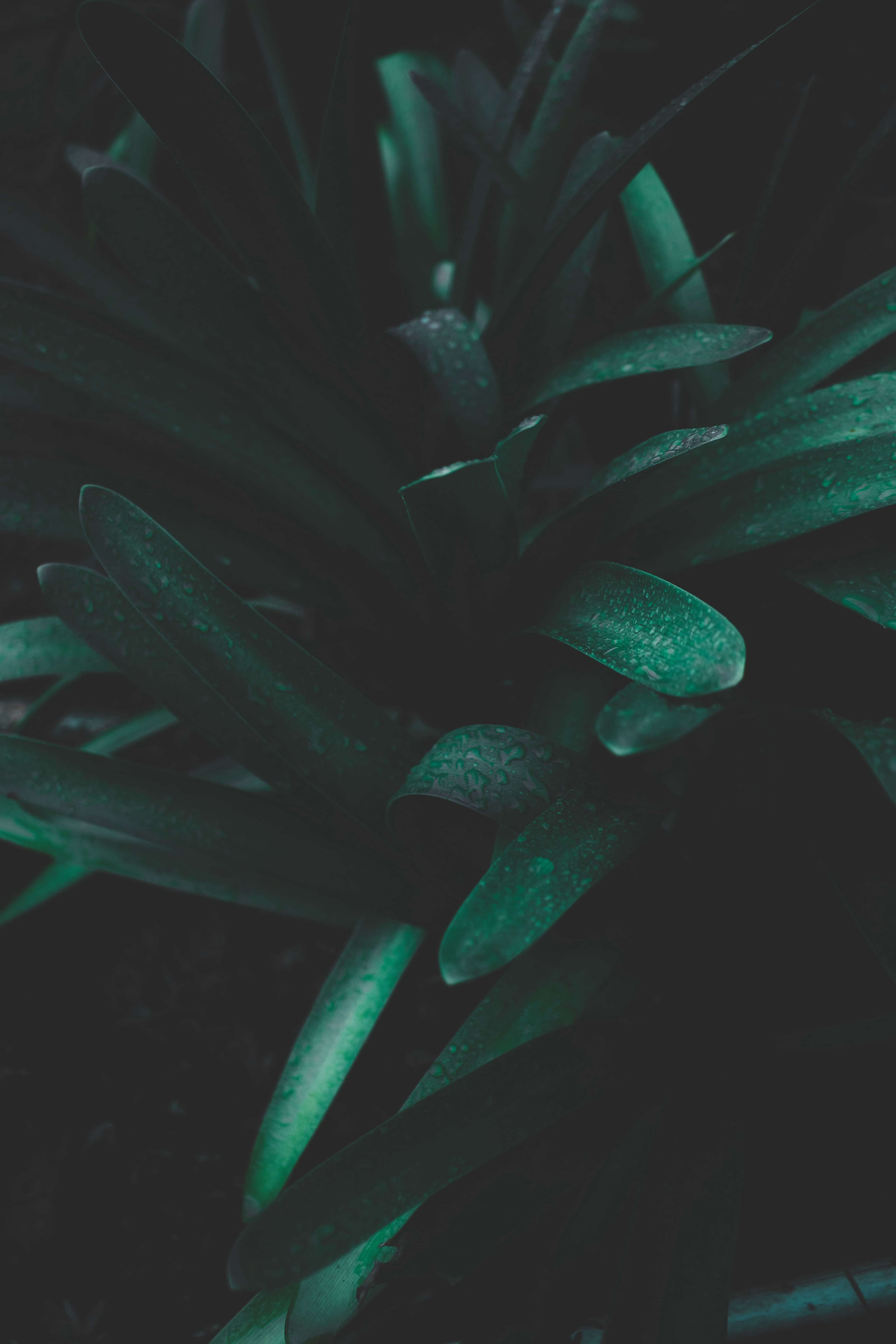
Air Purifying Plants Care Guide
Plants that help clean indoor air
Featured Air Purifying
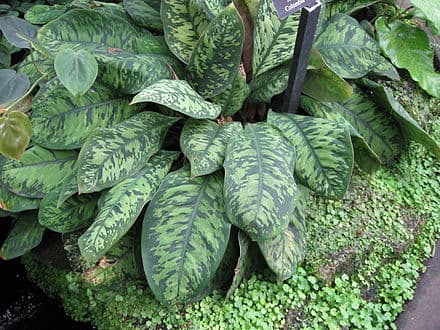
Adelonema wallisii
Adelonema wallisii is a compact perennial aroid plant native to the humid tropical forests of Venezuela, Colombia, and Panama at altitudes of 300-500 meters. It features elliptic to ovate-oblong leaves measuring 13-20 cm (5-8 inches) long on short stalks, displaying bright green foliage with distinctive marbled yellow patterns. The leathery leaves arch or recurve gracefully, creating a lush appearance as they grow in a tidy rosette from underground stems. Reaching 15-25 cm (6-10 inches) in height with a wide horizontal spread, this species is notable for its resemblance to Aglaonema and Dieffenbachia species, particularly Aglaonema pictum 'Tricolor' and Dieffenbachia 'Reflector', due to its similar leaf variegation. Its slow growth rate and adaptability to indoor conditions make it popular for desktops, terrariums, or shelves. Reclassified from Homalomena wallisii in 2016 after botanical research revealed distinct characteristics.
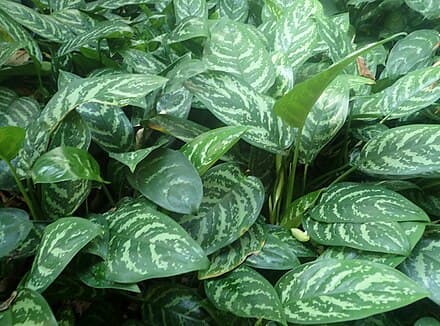
Aglaonema commutatum
Aglaonema commutatum is a tropical evergreen perennial plant in the Araceae family, known for its attractive foliage. It features glossy, lance-shaped leaves with prominent variegation patterns, often displaying silvery-green or gray-green markings. The plant grows in an upright, bushy habit and is primarily cultivated for its decorative leaves rather than flowers. Its hybrid cultivar 'Silver Queen' is particularly notable for its striking silvery leaf patterns and popularity as a low-maintenance houseplant.
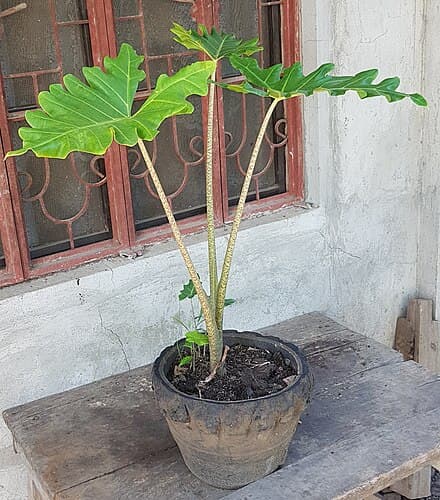
Alocasia portei
Alocasia portei is a massive, thick-stemmed evergreen plant native to Luzon, Philippines, known for its dramatic, deeply lobed leaves that can grow up to 1.5 meters long in its natural habitat. It grows 6-10 meters tall in ideal tropical forest conditions, with a base that thickens with age. Mature specimens feature leathery-textured, dark green leaves up to 1.5 meters long with prominent lighter veins, growing singly on dark brown petioles. The plant displays two distinct forms: one with plain green leaves and greenish petioles with thin bandings, and another with pale green veining and petioles that darken over time. Indoors, it typically reaches 3-4 feet in height with leaves spanning 2-3 feet, displaying a sub-erect growth habit to maximize light exposure. Its unique 'tattered' leaf appearance, striking sagittate-shaped leaves, and tropical aesthetic make it a standout specimen plant.
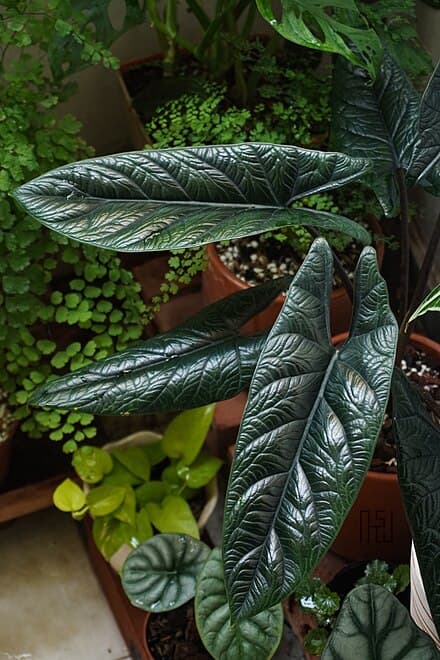
Alocasia scalprum
Alocasia scalprum is a striking tropical plant characterized by its glossy, lance-shaped leaves with prominently embossed veins. The foliage develops a distinctive blue sheen as the leaves mature, adding to its ornamental appeal. Native to Samar Island in the Philippines, this species is often confused with Alocasia heterophylla due to similar morphological features. It gained recognition among horticulturists after being introduced as a cultivated variety (Alocasia cv. Samar Lance) in 1984, though it wasn't formally described as a species until 1999.
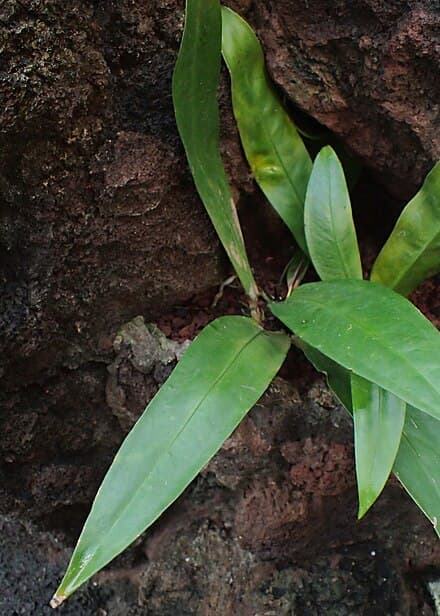
Anthurium amnicola
Anthurium amnicola is a tropical perennial plant known for its tulip-shaped flowers and glossy foliage. It features lance-shaped leaves with prominent veining and a leathery texture. The plant produces distinctive inflorescences consisting of a colorful spathe (modified leaf) and a spadix (flower spike). Its compact growth habit and long-lasting blooms make it popular as both a cut flower and ornamental houseplant.

Boston Fern
The Boston Fern is characterized by its arching fronds composed of small, feathery leaflets. It provides a lush, woodland feel to indoor spaces and is a classic hanging basket plant.
- LightBright, indirect light
- WaterRegular, consistent
- Common IssuesYellow leaves, brown tips
Recommended For:
Getting Started with Air Purifying
Air-purifying plants are excellent at removing indoor air pollutants and improving air quality. These plants have been scientifically proven to filter out common volatile organic compounds (VOCs) found in homes and offices. To maximize their air-cleaning abilities, place them in well-ventilated areas and keep their leaves dust-free.
